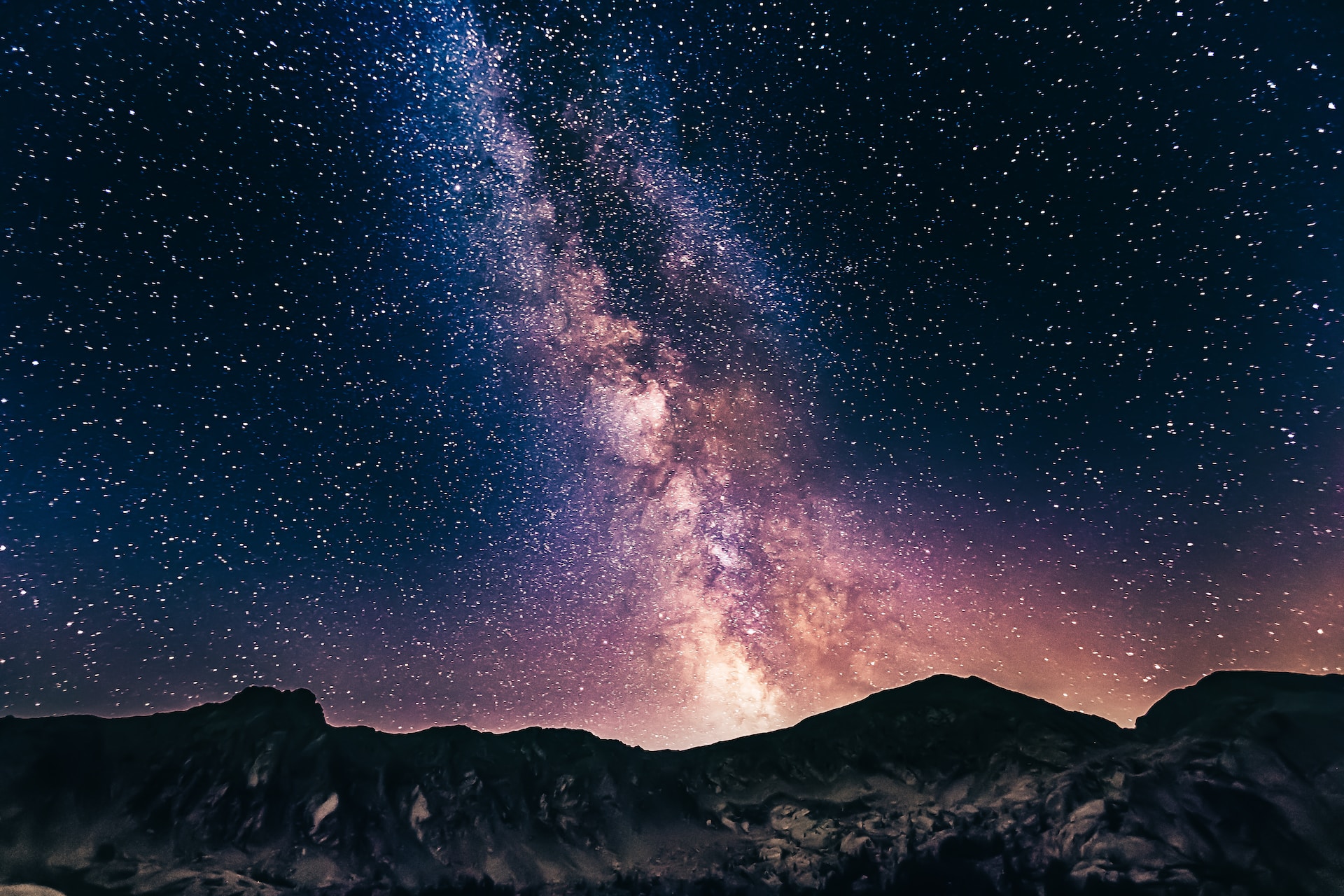We were reminded once more how tiny we are in the grand scheme of things by the James Webb Space Telescope’s first color image of deep space. For instance, the Sun, which sustains life on Earth, appears enormous to us, and we cannot conceive of anything more significant than it. However, a star called Stephenson 2–18 in our galaxy is hundreds of times bigger and hotter than the Sun, which we perceive to be enormous.
Red supergiant Stephenson 2-18 is found in the constellation Scutum. It is a Milky Way galaxy object, a young massive open cluster. A red supergiant star in the constellation of Scutum, it is sometimes referred to as Stephenson 2 DFK 1 or RSGC2-18. It was found in 1990 while analyzing data from a deep infrared survey. It is believed to be a member of a group of stars at a similar distance because it is close to the open cluster Stephenson 2, about 6,000 parsecs (20,000 ly) from Earth and located nearby. The group is situated about 6 kpcs from the Sun in the constellation Scutum.
Star type of Stephenson 2-18
Red supergiant Stephenson 2-18 is of the spectral class M6. With a radius of 2,150 solar radii, it is one of the biggest stars ever found. It is also one of the red supergiants with the brightest known surface. It has a 3,200 K surface temperature and emits 440,000 solar luminosities.
Size of Stephenson 2-18
The estimated radius of Size Stephenson 2-18 is 2,150 solar radii. It would stretch past the orbit of Saturn (1,940–2,169 R) if it took the place of the Sun in our solar system. The volume of the star is roughly 10 billion times larger than the Sun about its size. Only two stars are even somewhat comparable to this size: MY Cephei in the constellation Cepheus, with a radius of 2,061 sun radii, and WY Velorum in the constellation Vela, with a radius of 2,028 solar radii.
Location
The open cluster Stephenson 2, which covers 1.8′ of the sky but is inaccessible to amateur telescopes, contains Stephenson 2-18 as a member. The collection is entirely hidden by dust in visible light and cannot be seen at all. However, it is visible in infrared light. It is located between the stars Alpha and Beta Scuti in the sky.
Comparing Stephenson 2-18 to UY Scuti
The red supergiants WOH G64 in the constellation Dorado and UY Scuti in the constellation Scutum formerly held the record for the biggest star known, but Stephenson 2-18 has now surpassed both. WOH G64 is much smaller than St2-18 and the current runner-up, MY Cephei (2,061 R), with an estimated radius between 1,540 and 1,730 solar radii.
Until more precise measurements of UY Scuti’s parallax in the Gaia Data Release 2 produced a lower distance and hence lower values for the star’s brightness and radius, the star’s radius was estimated to be 1,708 solar radii. The estimated radius of UY Scuti is currently only 755 solar radii, which is smaller than the estimated radii of Betelgeuse (887 R), Mu Cephei (972 – 1,260 R), VY Canis Majoris (1,420 R), and HR 5171A (1,060 – 1,160 R), but equivalent to that of Antares (680 – 800 R).
Facts
One of the most significant open clusters in the Milky Way is the open cluster Stephenson 2. American astronomer Charles Bruce Stephenson first noticed it and announced his discovery in June 1990. After conducting a space-deep infrared objective-prism survey, Stephenson found the cluster.
The most significant known population in the Milky Way, the cluster spans roughly 6′ of the sky and comprises a core group of 26 red supergiants discovered in a 2007 research. The collection is 17-3 million years old, according to estimates. The K-band designation 1 was assigned to St2-18, the brightest star in the survey in the same direction as the cluster. According to the study, the principal may be a red hypergiant similar to VY Canis Majoris and had a significant infrared excess.
Since Stephenson 2-18’s radial velocity is less than that of the other cluster stars by around 20 km/s, it cannot be a foreground giant. It might be a cluster member since a substantial expanding envelope offsets the reported radial velocity. According to the same study, the star appeared to be on the edge of leaving its outer layers and changing blueward, becoming a bright blue variable (LBV) or a Wolf-Rayet star.
The supergiant was given the number 18 and allocated to the Stephenson 2 SW cluster in a research release in 2010, a collection of stars about 5′ to the southwest of the central cluster that is thought to be at the same distance as Stephenson 2.
About 20% of all known red supergiants in the Milky Way are found in the clusters RSGC2 (Stephenson 2) and RSGC1, frequently the focus of investigations looking at pre-supernova history.
The two brightest stars in the cluster, Stephenson 2, were found to emit laser light in a 2013 analysis of the class M supergiants in the group, indicating that they are the stars with the most excellent mass loss rates.
Constellation
Scutum is the constellation that contains Stephenson 2-18. Polish astronomer Johannes Hevelius gave the constellation its original name, Scutum Sobiescianum (the Shield of Sobieski), in honor of the Polish King John III Sobieski’s victory at the Battle of Vienna in 1684.
One of the smallest and darkest constellations in the sky is called Scutum. It occupies only 109 square degrees in the southern sky as a constellation, making it the 84th largest. There are no stars there that are brighter than magnitude 3.00. None of its stars is among the 300 stars in the sky that are the most brilliant.

